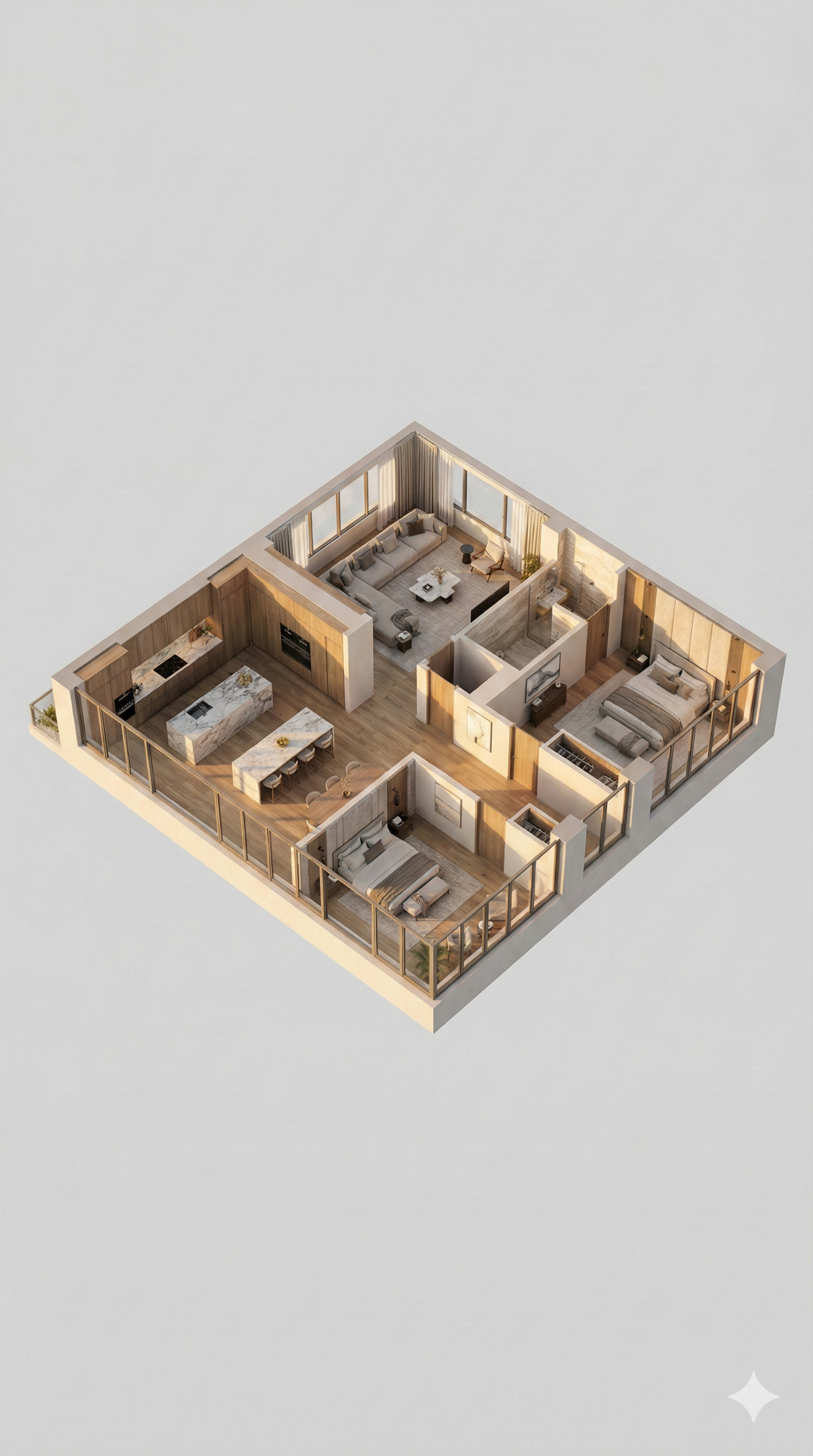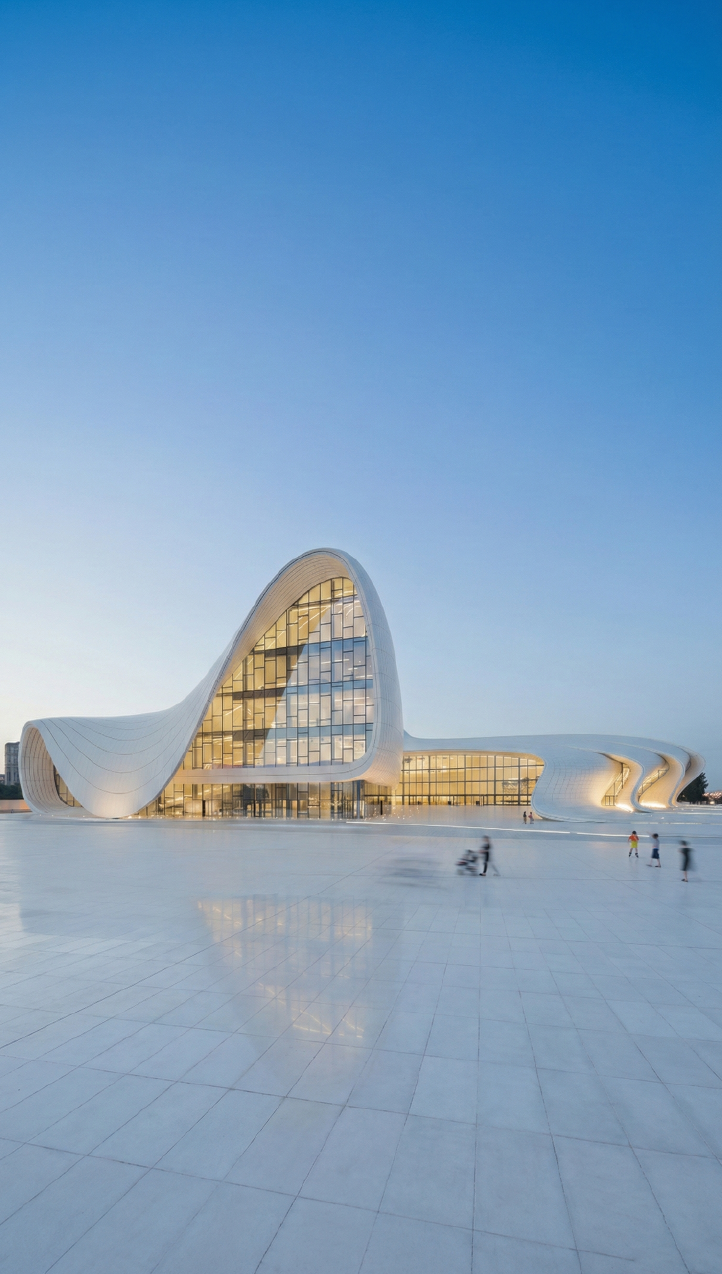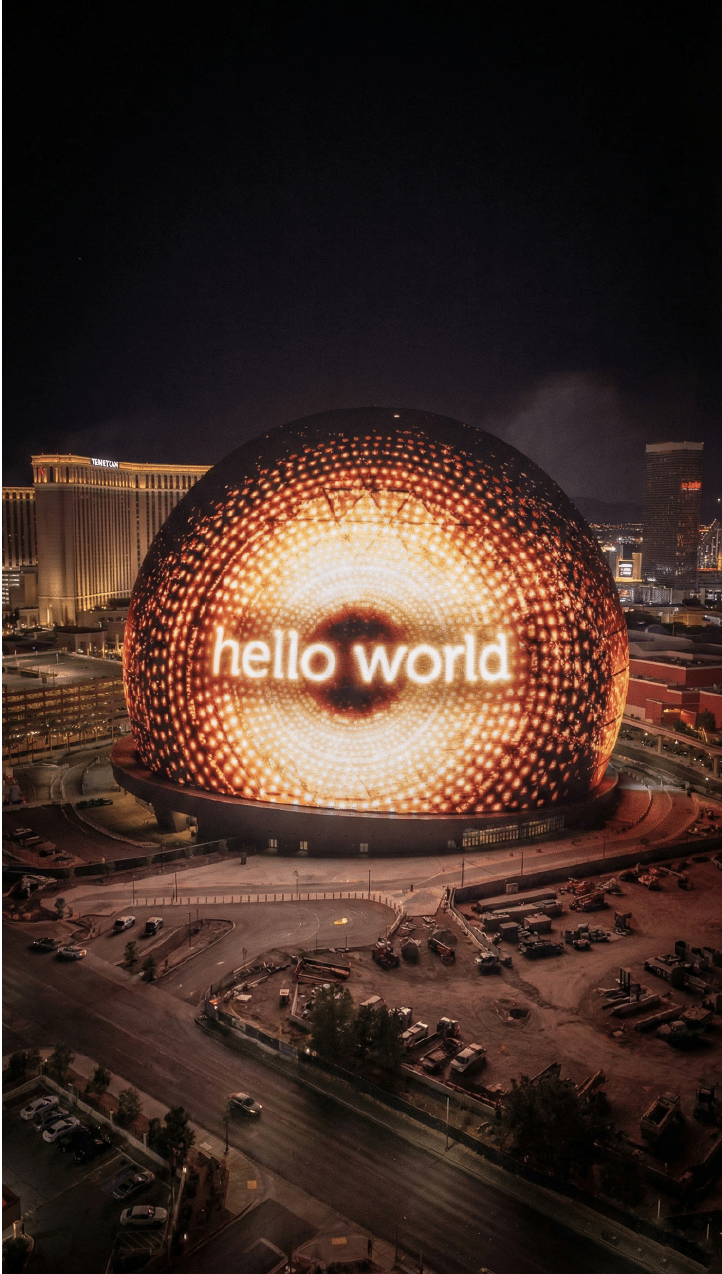
A successful interior design should consider elements such as space, color, lines, shapes, patterns, texture, lighting, furniture, and other decorative elements. The design must be aesthetically pleasing, meet functional needs and make people feel comfortable. To achieve this, the project presentation to the client must be easy to understand, immersive and detailed. Using 3D renders is one of the best ways to accomplish this goal.
Spicystile: My Fitness dianabol for sale 20 september fitnesswalk ferrara “costeggiando le mura” – fitness walk®®
3D rendering is vital in today’s market and it’s the perfect way to show clients what your design will look like when it’s finished. Many companies offer 3D rendering services. However, only an experienced and elite rendering company, like Xpress Rendering, can provide you with interior 3D renders of the highest-quality as well as a seamless working relationship and workflow compatibility that will ensure our mutual success. Interior design 3D rendering is a sure way to increase your sales, strengthen your online presence, update your portfolio and promote your business’ online presence.
What is 3D Interior Rendering?
3D interior rendering, also known as interior rendering or 3D design rendering, is an innovative digital tool that creates an image which allows interior designers to present their project idea in a way that provides the client with an immersive experience that can only be surpassed by a real-life walk-through of an actual space.
Anyone who works in design knows how difficult it can be to translate a visual concept into words that are precise and easy for the client to understand. For this reason, interior design professionals use graphic tools, like 3D renders, to visualize a comprehensive interpretation of their design without having to employ complicated technical vocabulary and hard-to-read schematics.
When a first-rate 3D interior render image, like the one below, is presented to a client, your vision will practically speak for itself. 3D renders increase communication speed and efficiency, making it easy for clients to be involved in the creative process by allowing them to give clear feedback on what they see. This makes 3D interior renders an essential tool for every successful interior design professional.

Benefits of using 3D Renders for Interior Design
The biggest advantage of using 3D interior renderings is that they act as a graphic tool that provides the client with an accurate preview of what the project will look like before it’s completed in the real world. These photorealistic representations of your design will facilitate clear and timely client communications, optimizing your workflow and strengthening your overall customer service.
Additionally, you can use captivating 3D rendering images to show prospective clients what your company can really do without having to wait for construction to be completed. Use 3D renders to showcase your design portfolio, promote your brand and perpetuate your presence in the online marketplace.
Remember, 3D renderings can display any elements the interior designer can think of, including: lighting, color schemes, furniture, appliances, fixtures, textures, patterns, curtains, carpets, wallpapers, paints, art, materials, and countless other décor. A skilled 3D render shows how each of these physical elements interacts with each other to bring a unique design vision to life. Not only that, but when executed correctly a 3D render has the capacity to capture a living moment in time. This allows the designer to take the client on a journey into their design inspiration, conveying every detail of their vision, down to the specific mood and atmosphere of the space.
Other benefits of using 3D interior design renders include:
- You can start your project immediately. You don’t have to wait for construction to be done or for materials and resources to arrive. Start a prompt and interactive feedback communication process with your clients as soon as you present them with your 3D interior render.
- 3D interior renders are precise. They allow you to transmit your ideas accurately and they allow clients to communicate their feedback effectively.
- 3D interior renders are a cost-effective sales and marketing tool. They act as an adaptable sales and marketing tool, giving you the ability to share your design ideas through traditional magazine and print media methods as well as through any other modern digital media methods. Because of this, they simultaneously promote your business’ productivity and profitability.
How to add value to your Interior Design Project with a 3D Rendering
One of the best ways to add value to your interior design project is by providing your clients with a customized state-of-the-art 3D rendering. Although many companies purport to offer these services, it can be difficult to find one that offers brilliant images that reflect your design elements with photorealistic authenticity. In order to ensure that your 3D renderings stand out from the rest, the rendering team that you choose should thoroughly understand all the intricate details of your design vision in order to create an accurate depiction of your project.

In order to ensure a stunning final product, the rendering team you work with will use their design expertise to help you choose the perfect image angles and focal points for your final 3D render. This will allow you to effortlessly conceptualize every facet of your inspirational vision while captivating your client by helping them to comprehend the total concept of your artwork.
Expertly done 3D renders can also trigger an emotional experience for your clients. For example, a 3D rendering can transport your client’s imagination to a nostalgic moment in time by portraying a charmingly appointed dining room on Thanksgiving, or a welcoming family room with a wood-burning fireplace festively decorated with garlands and stockings on Christmas Eve night.
3D Rendering Services for Interior Designers
As we’ve mentioned before, 3D rendering services are popular among interior designers because they make it easy for the designer to comprehensively visualize a genuine and precise design concept for any given space. However, it’s important to recognize that there are a wide variety of types of interior renderings that exist in the marketplace, each with their own unique objectives. Below are some examples of different 3D interior design types and their objectives.
Commercial Interior Design: Commercial interior design includes a wide variety of interior commercial environments and architectural spaces, including offices, restaurants, retail stores, malls, plazas and other public spaces where business is conducted. This type of 3D representation usually follows the design objectives associated with a business’ brand and its commercial identity.

Institutional Interior Design: Institutional interior renders represent the cultural aesthetics of a given organization or institution like a school, museum, civic building, or hospital.
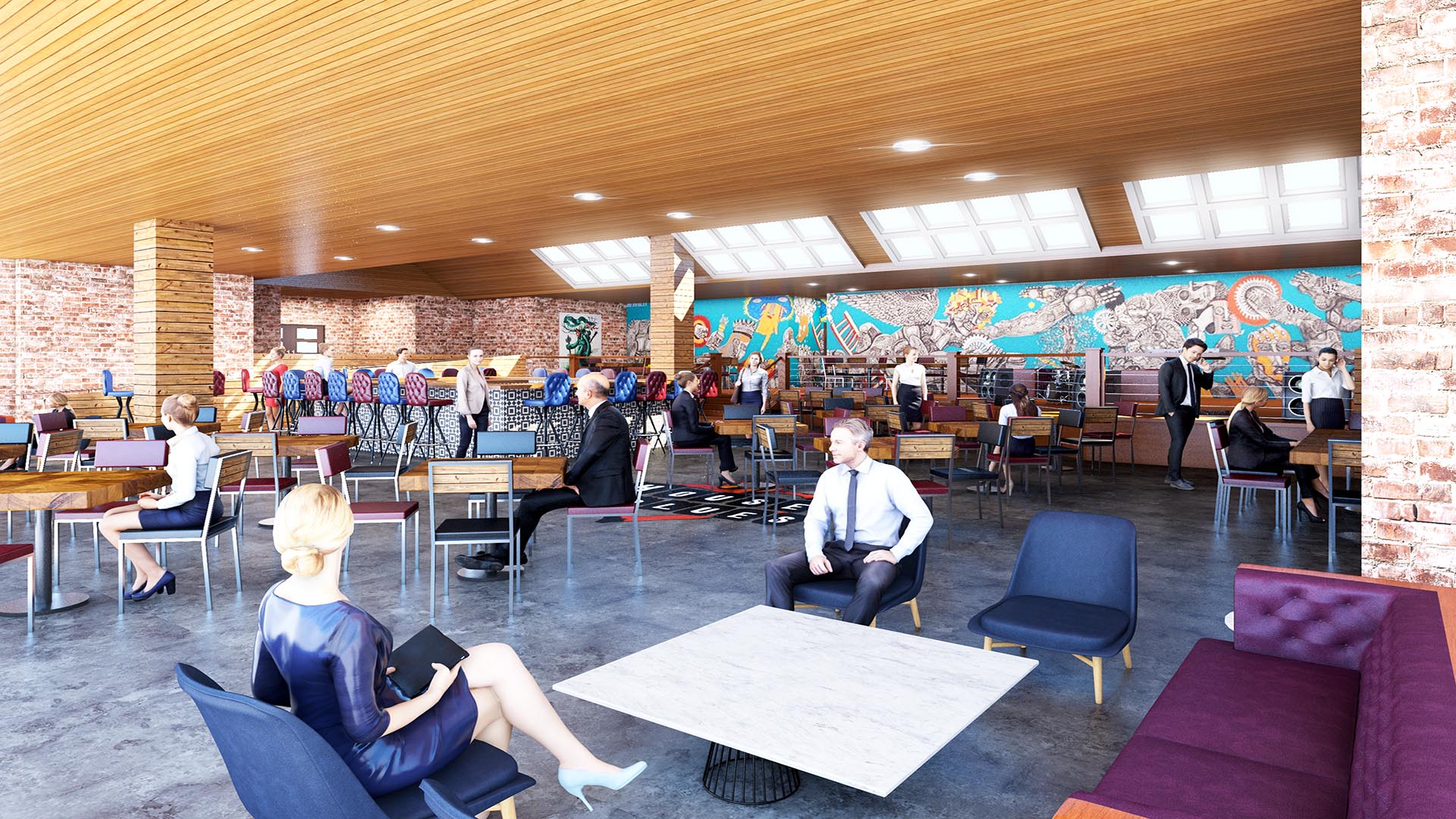
Bedroom and Living Room interior designs: These types of interior renderings should focus on capturing an atmosphere of warmth and comfort in addition to meeting the functional design objectives of some of the most intimate spaces of the home. In order to achieve this, these interior design renders must demonstrate an expert use of texture, lighting, materials and mood. They must have the ability to convey the authenticity of the casual human touch.

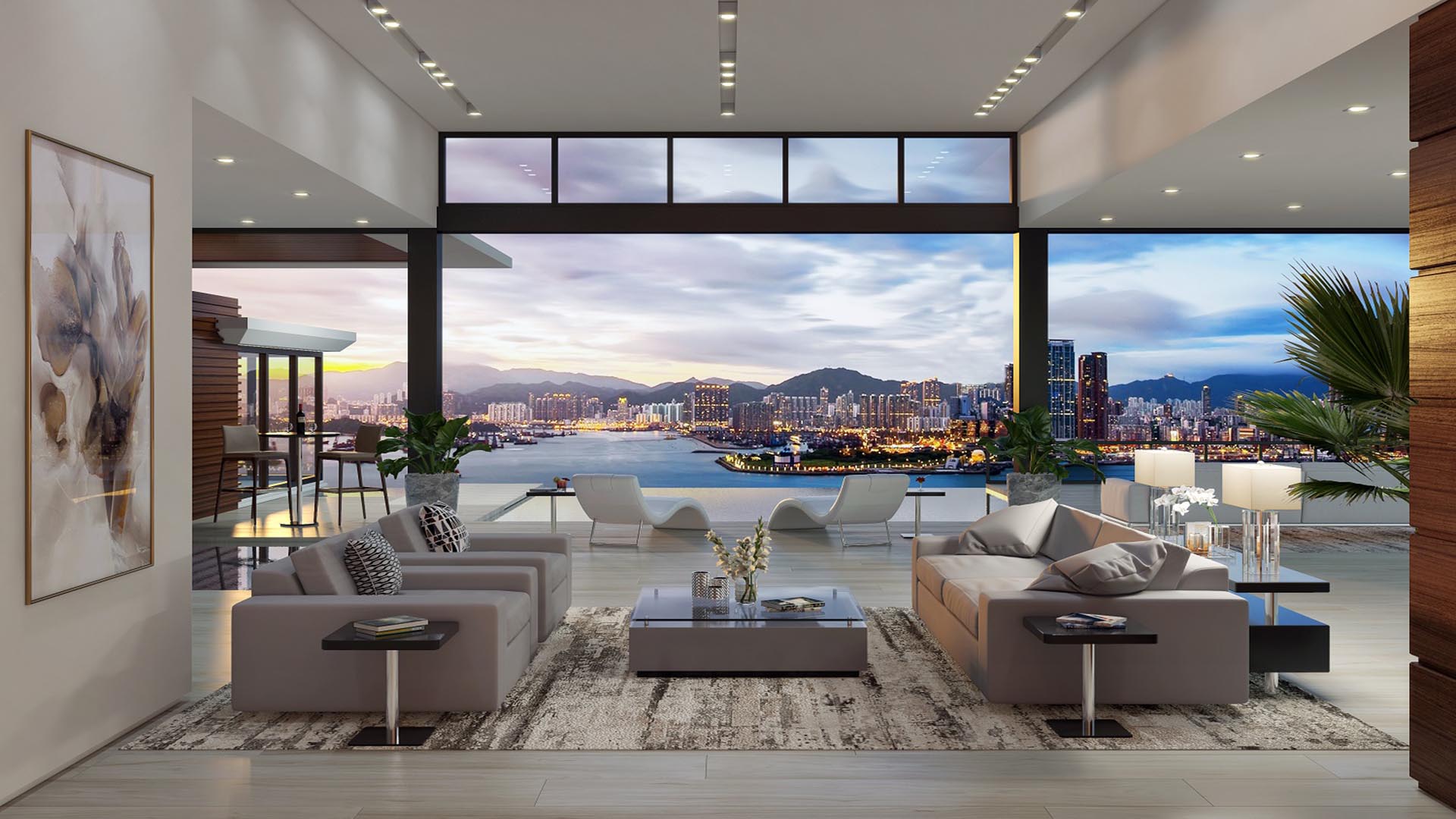
As we’ve discussed above, 3D interior rendering is an essential business tool for all interior designers, whether commercial, residential or institutional. It has never been more important than it is now. So, if you’re ready to take your interior design business to the next level, contact Xpress Rendering today! We provide high-quality, high-variety renderings that exceed client expectations. Visit our website to explore our gallery or call us to discuss a project quote today.
Follow us on social media: Instagram, Facebook, Twitter, Medium, and LinkedIn where you can find us as @xpressrendering
